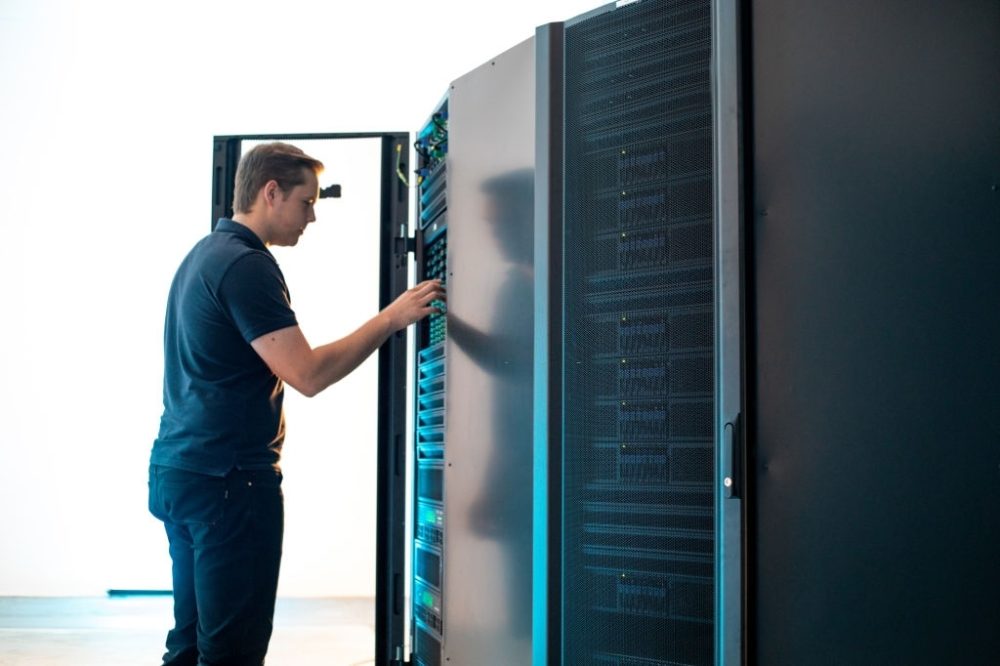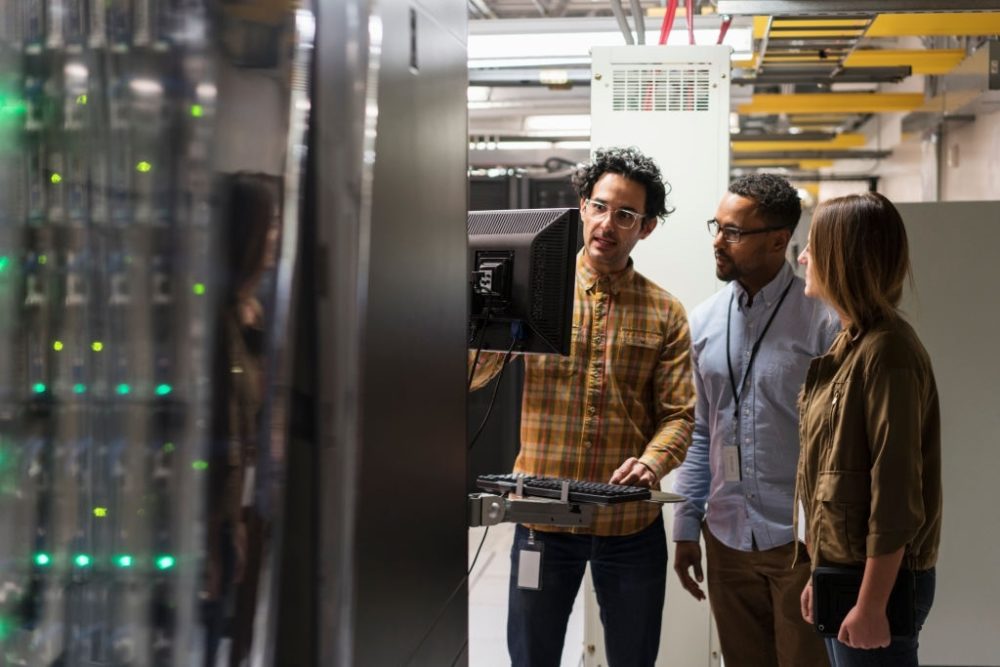Network optimization can be performed on any system and easily adjusted or customized to meet a particular business’s requirements. The scope of a system’s network optimization activities includes anything that has a bearing on the network, such as wiring, computer hardware, software, communication interfaces, operating systems, and so on. Basically, any physical system can be tuned or modified to suit specific business needs.
Optimizing your network can include changing the system’s physical configuration, customizing it, implementing new software, or reconfiguring it according to business needs. The scope of system development activities is growing day by day, with more business organizations demanding that their systems are made more adaptive to adapt to various changes that are constantly being experienced in the business world.
Table of Contents
What is Network Optimization?

If you’ve ever wondered how you can get peak performance from your machines, you’ll want to read below about network optimization.
In this article, we would be looking at some of the practical implications of system tuning for improved performance. Network optimization is the process of adjusting or customizing a network or system. You can optimize your network in many ways. But the first thing you must do is to take a thorough look at the network needs analysis. The purpose of this is to determine the network’s actual working condition.
From the analysis, the root cause and extent of the problem are then determined. An action plan is prepared to deal with the actual problems. Based on the root cause and problem, a targeted solution for the problem is formulated.
To optimize your network, you will need the appropriate tuning hardware and software. Most tuning devices are based on traditional means like mechanical, electrical, and software programming interfaces. These processes will allow you to use the hardware and software programs to do things like changing the system’s data acquisition units (DAQ), data sampling rate, and output signal level monitoring. Network optimization can be done through the adjustment of these parameters.
How Can Network Optimization Improve Your Network?

One of the easiest ways to make your network run more smoothly is to optimize it and improve its performance.
When you optimize your network and change one of its parameters, you can test how it performs. If the network change works, it will automatically be adjusted. When a network’s output is changed, its output signal level monitoring will be adjusted automatically. Thus, network optimization procedures will allow the system to be tested repeatedly until you achieve the desired results.
The basic idea of network optimization is to have control over the system’s performance. It is not enough to have an automated tuning system that can perform according to your specifications. It would be best if you also had a human factor in the mix. You need to understand your network’s problems and then try to find solutions for them.
The network optimization process also allows you to make some improvements to the network’s design. The network optimization process also involves analysis, testing, and measurement of system performance. When you have completed this, you will definitely know what went right and what went wrong. Of course, you need to have someone to verify these things for you. This person should be someone who has the necessary experience in this area.
You might wonder what network optimization actually does to improve your business. First, it allows you to test how well your business can cope under certain conditions. Second, network optimization improves the network’s performance when there is load or pressure. And third, it helps you detect problems that may come up in the future. To prevent your business from encountering these problems, optimizing your network is very important.
The performance of your network can be improved by troubleshooting. Troubleshooting helps you detect network issues in the early stages of their development. This will allow you to fix the problem at an earlier stage before it causes serious damage to your network’s performance.
When you are troubleshooting network issues, you will also need to consider every employee in your company. It would be best if you considered how many people are assigned to your network. If your network is complex, you may need more personnel to troubleshoot the network properly.
Finally, it would be best if you improve your business through network optimization and tuning. Network optimization will allow you to test how well your network works. It will also help you detect potential problems in your network and how to fix them. So, when you implement optimization, you can also improve your network’s performance and increase its lifespan.
How to Properly Troubleshoot Your Network

One of the first things you’ll need to do is troubleshoot your network. This must be done before network optimization is possible.
If you are like most people, you do not know how to troubleshoot your system properly. You know the basics of turning your PC off and on again, but when it comes to your computer’s functionality and how to make it run at its optimum performance, you leave it up to luck. You think that if you get a PC repair company to fix your network you will be done with the problem, and your computer will start running the way it did when you first purchased it.
There is good news for you. You can fix most minor problems yourself. This is even true if you have just upgraded your system or your windows version has been upgraded. Often, people will call a professional computer technician to diagnose the problem with their network only to find out that it was caused by user error and the user doing some simple troubleshooting themselves. So if you don’t feel 100% comfortable diagnosing and troubleshooting your computer, it’s best to leave it to the professionals.
Preventing Future Problems On Your Network

Preventing future problems through network optimization is an excellent plan since nobody likes surprises, especially when affecting your bottom line.
Again, if you are not totally comfortable with updating your computer, please call your IT provider.
The first thing you should do if your computer is starting to act out of the norm is to try and run the system’s diagnostics. To do this, you will need to go to the Control Panel > System and Maintenance > Windows Update. Once you have done this, you will find a button called “Check for updates.” Click this button, and you will see a list of all the available updates for your computer. Right-click on this button, and you will get a list of three values in the update array.
The first value will be the date and time that the update ran. The second value will be the name of the software that ran the update. The last value will be an option for “rollback,” which means that if the update did not fix the problem, you can roll back the process and try again. If you have any problems with the software you have just updated, you should always run the diagnostics on your system to determine the problem.
Bringing Out the System Mechanic

If you’re having trouble optimizing your network, you may need to use the System mechanic to right the ship.
If you still have not found the problem after running the diagnostics on your system, you may want to run a program called “System Mechanic” to determine what the problem is. The System Mechanic is a type of software that will scan your entire system and then determine the problem behind each piece of software. This is useful because it will allow you to determine what the problem is.
The System Mechanic will show you all the problem codes associated with each piece of software and will tell you what the problem is behind each code. It will also give you options as to how to fix the problems.
So, as you can see, running the System Mechanic can help you learn how to troubleshoot your computer for optimal performance properly. Using the System Mechanic is a straightforward process, and we highly recommend optimizing your network so that it performs at its best. It is the easiest way to determine what the problem is behind your system so that you can try to fix it as soon as possible. After all, it is always better to prevent a problem before it becomes too much to handle than trying to fix it after it has already taken root.
If you are unsure how to do any of the processes above, please reach out to your IT professional or send us a message, and we will assist you.


Recent Comments